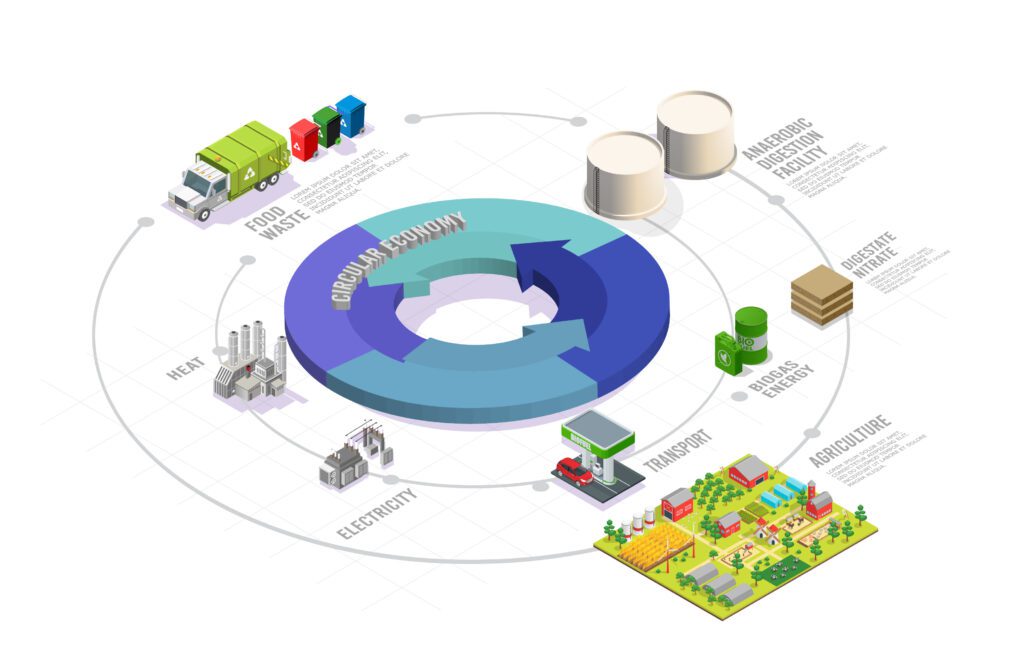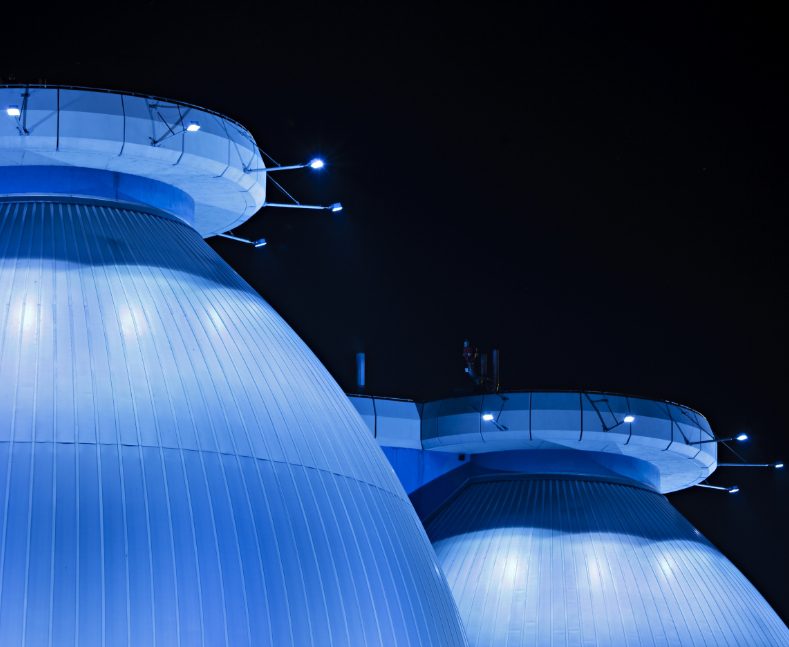One of the most talked-about challenges in the world of business and technology is the concept of the circular economy. The idea is that our economic systems must transition to a system that reduces, recycles and reuses resources to make them sustainable. The concept has gained global attention as governments and organizations around the world are taking steps to promote a circular economy. However, not everyone agrees on what this system looks like or how we can implement it.
The concept of a circular economy refers to how we manage resources once they’re no longer needed or useful. In essence, this means we must reduce, reuse and recycle all materials to create sustainable societies. Doing so would reduce consumption of natural resources such as water, energy and materials. To achieve this, businesses would have to take responsibility for their waste by reducing their own waste production. This includes removal of toxic substances from products and materials before releasing them into the environment. At the same time, individuals would need to reduce their consumption habits and consider donating unused items to charity.
The circular economy is a criticism of the current wasteful paradigm; however, there are many who believe it can create a better world for everyone. The concept relies on reducing waste at every level— from raw materials used in manufacturing to end-user goods throughout our lives. In addition, it requires reversing the effects of waste by recycling nontoxic substances back into new products or materials instead of dumping them into landfills or incinerators. Additionally, it promotes sustainable management of natural resources such as energy sources and fresh water used in agriculture and industry alike. All these factors contribute to creating a circular economy that is beneficial for everyone involved in society.
The circular economy relies on reducing waste at every level; however, there are several ways this can be done in practice. For example, companies can reduce packaging when shipping goods so they use less fuel and emit less greenhouse gasses during transport. They can also encourage consumers to reduce how they dispose of garbage or avoid using single-use items altogether by promoting greener living habits. Lastly, governments can implement laws promoting reduction in manufacturing — especially if this raises production costs for manufacturers producing excessive amounts of waste products such as plastics or hazardous substances.
The world has taken notice that our current model for generating wealth creates immense ecological problems such as pollution and climate change caused by greenhouse gasses produced by modern technology generation systems (e-waste). To address these issues, many believe we must transition towards a circular economy where resources are used wisely before being discarded into the environment or other ecosystems such as landfills or dumpsites (e-waste). By using resources wisely at every stage — from extraction all the way through manufacturing, usage and disposal.
Imagine a world without pollution. In this hypothetical scenario, there would be no more accidents or industrial disasters. In addition, there would be no longer be any natural resources left in the planet’s ecosystem. However, humans have already adopted many measures to limit their impact on the planet’s natural resources. These efforts include recycling old products, changing manufacturing processes and reducing demand for natural resources. Referred to as the circular economy, this model of managing waste is gaining traction as natural resources become more scarce.
One of the main goals of a circular economy is to limit pollution. Most materials produced by businesses are designed to be disposed of immediately or recycled into new products at the end of their life cycle. Polluting factories prevent us from achieving a circular economy since it produces waste that can never be recycled into anything else. To compensate for the pollution that occurs when sustaining life, humanity must limit its use of natural resources and create environmentally friendly regulations for industry. By limiting the amount of material produced by industry, we can stop producing new kinds of waste that further pollute the environment. To limit pollution and achieve a circular economy, we must change how we produce and dispose of all types of materials.
The automotive industry has already started implementing a number of measures to reduce its reliance on natural gas. Notable examples include Tesla’s electric cars and BMW’s emissions-free workplaces called “ laboratories for innovation ” where engineers work on projects without interrupting their work with natural light . In addition, Formula 1 racing teams recently switched engine manufacturers to use turbocharged hybrid engines with an emphasis on renewable energy sources such as battery and solar power . Taking these measures will help us transition away from burning fossil fuels since they increase our reliance on renewable energy sources such as hydrogen from fossil fuels .
The airline industry is already thinking about how to function with a minimal amount of fuel . Currently, airlines use around 3200 tonnes of fuel per day , which amounts to around 14 billion litres per year . If airlines are able to operate conservatively with only 60 billion litres — less than 10% — of total airline fuel consumption , it will help reduce our dependence on fossil fuels by limiting air travel . With rising demand for air travel due to rapid economic growth , we must simultaneously find ways to reduce our dependence on aviation fuel if we want to sustain our current lifestyle without causing further global warming .
Achieving a circular economy limits pollution by preventing production and disposal of new kinds of waste; however, major businesses have already started implementing this plan in their daily operations. Therefore, it is only a matter SECONDS TO GO BACK TO SCHOOL FOR MORE LEARNING!
can create a better world for everyone involved!



